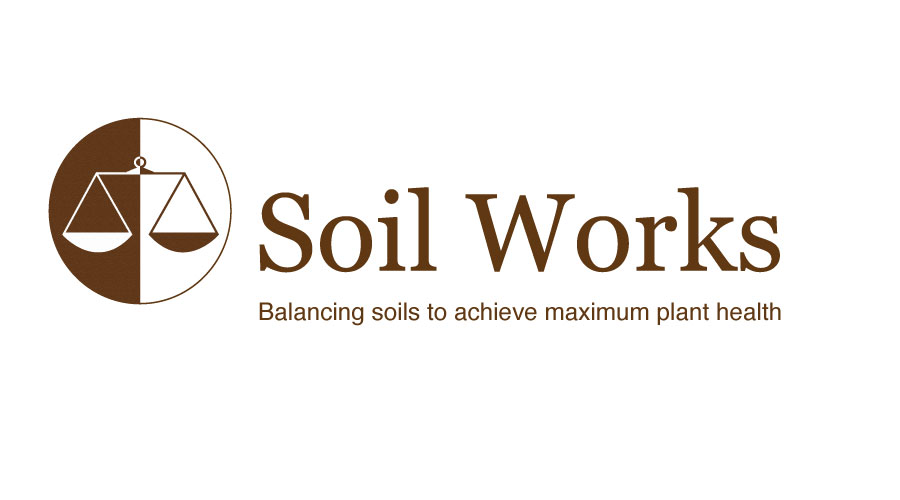When soils are functionally balanced, the soil biological community
is constantly working hard not only to meet the plants short-term nutritional
needs, but also enhance the soil microenvironment to insure plant health in the
long-term. As managers of turf we are sometimes either impatient or feel
obligated to catalyze many of these natural occurring processes with the
intention of improving plant health. It is the unintentional consequences that
sometimes can work against us.
Plant health is a direct function of the soil environment that
immediately surrounds the roots – i.e. the rhizoshere. This dynamic zone is
where critical interactions between plant and biology take place. Plants
exchange exudates rich in sugars, amino acids and organic acids providing food
for microorganisms. Microorganisms return the favor by supplying essential nutrients and
other growth regulating substances directly back to the plant.
Along with plant
exudates, microbes depend on both nitrogen and soil carbon for energy and for
building structural components. The storehouse for both carbon and other essential
nutrients is soil organic matter. The ability of microorganisms to slowly
decompose active organic residues is important in mineralizing essential
nutrients but also critical in the production of humus, that part of organic
matter that is impervious to additional decomposition. Humus can dramatically
improve structure, increase nutrient exchange capacity and enhance the water
holding capacity of soils. Humus also provides important soil buffers to
protect plant roots from soil pathogens and parasites.
Maintaining adequate soil carbon is the buffer that regulates the
decomposition rate of organic residues by microbes, all the while protecting
the mutualistic relationship it enjoys with the plant. Excess applications of synthetic
fertilizer can reduce plant exudate production and diminishes the importance
of naturally occurring nitrogen fixing bacteria. Without the benefit of plant
exudates, microorganisms will begin feeding on exogenous soil nitrogen and
begin the process of aggressively decomposing organic residues. Rapid breakdown
of organic residues results in the volatilization of carbon (carbon dioxide)
and nitrogen (ammonia) in favor of stable soil carbon, nitrogen and other humic
substances beneficial to plant and soil health. The rapid recycling of carbon
eventually results in a depleted soil unable to sustain a balanced functional
biological community. Additional synthetic nitrogen applications will only
serve to provide minimal plant uptake, dramatically increase nutrient loss
through leaching and reduce the presence and activities of beneficial microorganisms. This condition is commonly referred to as “soil nitrogen
burn-out”.
Managing the ratio of soil carbon to nitrogen is the key in
controlling the process of building valuable soil organic matter and protecting
the important contributions of rhizobacteria, mycorrhizae and other beneficial
microbes. The ideal soil C to N ratio is 20:1, making carbon based inputs the
dominate player in building a balanced soil. All natural organic and synthetic
organic fertilizers have a carbon component, but not all meet the ideal soil C
to N ratio. Meals are predominantly protein (16% nitrogen) and are closer to a
6:1, which favors excess nitrogen accumulation in the soil. Sludge is typically
cooked at high temperatures, striating proteins and making them virtually
unavailable as a practical carbon source. A good humified compost organic has
a favorable C to N ratio (25:1) along with the added benefit of containing
natural living biology (i.e. bacteria, fungi, protozoa, beneficial nematodes).
Healthy Grow http//www.healthy-grow.com/ represents a poultry compost derived from Pearl Valley
egg production in Pearl City, IL. The indoor composting process is what
separates the Healthy Grow product from others; producing a clean, granulated
(90-180 SGN), homogenous, ammonia-free product that is very user and soil
friendly. The base compost is 90% organic (OMERI certified) with a high
contribution of carbon along with organic sources of phosphorus, potassium,
calcium and other minerals making this the ideal product to energize and
balance depleted soils.
Considering its natural ability to sustain carbon and
support biological activity in the soil, Healthy Grow’s ability to feed soil
biology fits nicely into the bio-inoculation concept of Holganix http://www.holganix.com/. Hence,
Healthy Grow plus Holganix was created www.holganix.com/holganix-granular-with-healthy-grow. The combination of these two products
provides all the benefits of a well composted organic fertilizer along with
diverse beneficial biology, additional high carbon food and soil supplements
contributed from Holganix. It gives end users an additional opportunity to
experience the biological enhancement of Holganix but with a sustainable food
source and all the additional soil building benefits of carbon, ultimately
making the soils work for us.

No comments:
Post a Comment